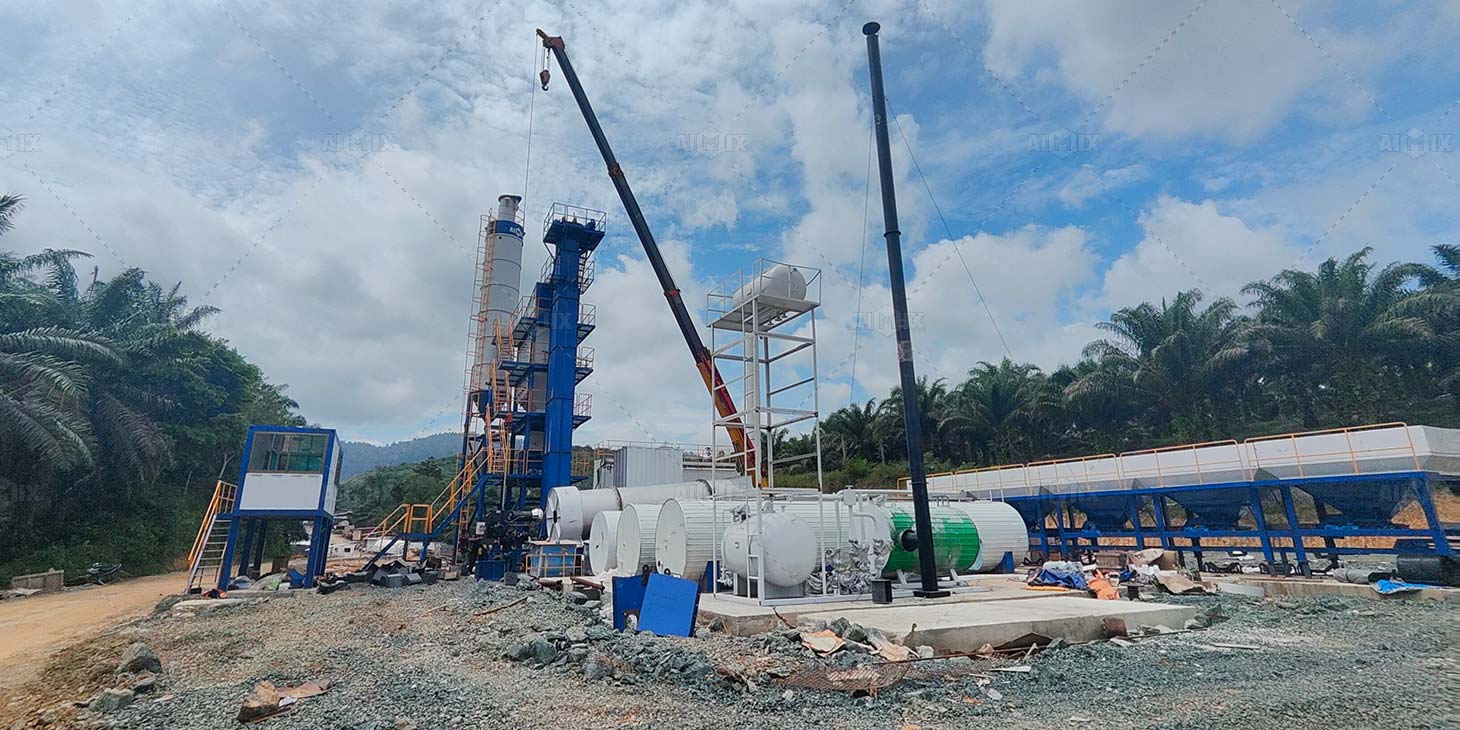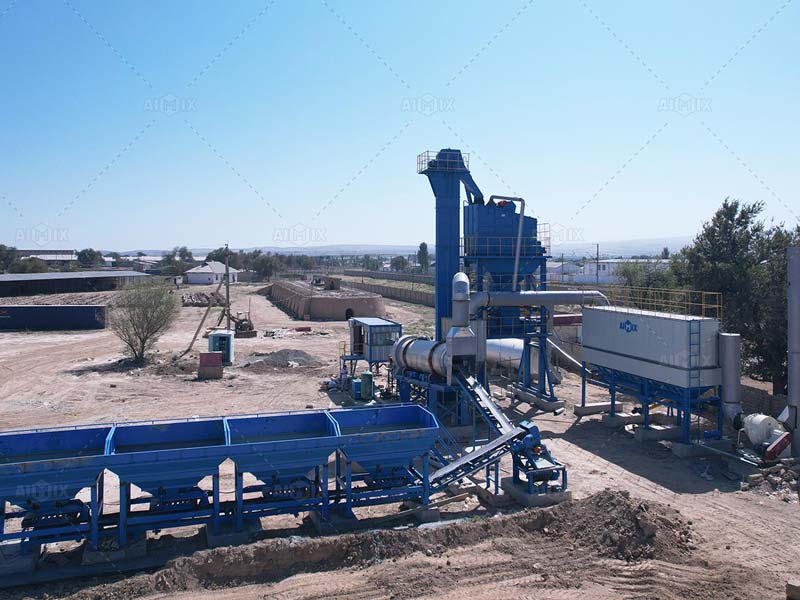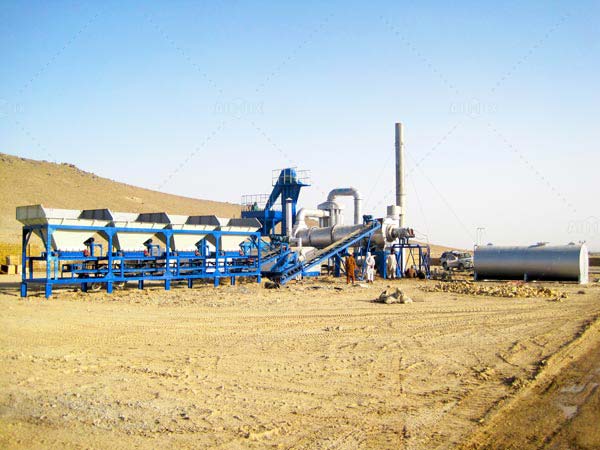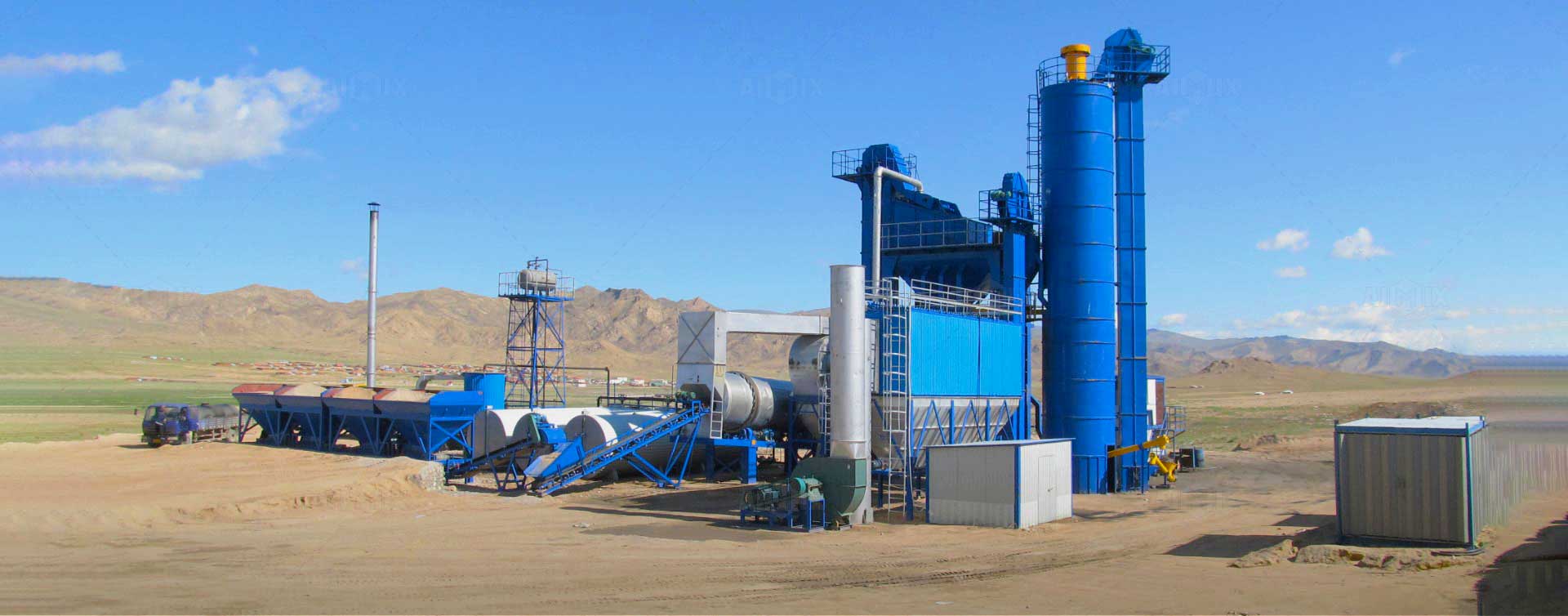Hot mix asphalt is a crucial component in the construction and maintenance of our roadways, providing durability and reliability. Behind the scenes, hot mix asphalt plants play a pivotal role in producing this essential material. This article delves into the intricate workings of these plants, shedding light on the processes that transform raw materials into the smooth, resilient asphalt that paves our roads.
Components of a Hot Mix Asphalt Plant
Aggregate Handling
-
Cold Feed Bins
Hot mix asphalt production begins with the careful handling of aggregates, which are the essential ingredients in the mix. Cold feed bins are storage units where various types and sizes of aggregates are stored separately. This initial segregation ensures that the final mix meets the desired specifications and quality.
-
Conveyor Belts
To facilitate the controlled flow of aggregates into the subsequent stages of production, conveyor belts transport them from the cold feed bins to the drying and heating system. This stage is vital as it lays the foundation for the quality of the final product.

Drying and Heating System
-
Dryer Drum
The heart of a hot mix asphalt plant’s drying and heating system is the dryer drum. This rotating cylinder heats the aggregates to the precise temperature required for optimal asphalt binding. Control mechanisms ensure that the aggregates are neither over-dried nor under-dried, a critical aspect in achieving a uniform asphalt mix. Learn more info about dryer drum here: https://aimixasphaltplant.com/asphalt-dryer-drum/.
-
Burner
Complementing the dryer drum is the burner, which provides the necessary heat for the drying process. Burners are designed to efficiently utilize fuel while maintaining temperature control. This synergy between the dryer drum and the burner is essential for consistent and high-quality asphalt production.
Mixing and Storage
-
Mixer
Once the aggregates are properly heated, they are directed to the mixer, where they are combined with the asphalt binder. The mixer’s intricate design ensures a thorough and homogenous mix, a pivotal factor in the longevity of the asphalt. Achieving the right consistency here is an art, resulting in a mix that can withstand the test of time.
-
Silos
The finished hot mix asphalt is then transported to silos for temporary storage. These silos play a role in maintaining the asphalt’s temperature and consistency until it is ready to be transported to construction sites.
The Process of Producing Hot Mix Asphalt
Aggregate Preparation
-
Blending
Prior to entering the production process, the various aggregates are carefully blended to create a well-graded mixture. This blending process aims to achieve a balance of particle sizes that contribute to the asphalt’s strength and durability.
-
Screening
After blending, the aggregates undergo screening to remove any oversized or undersized particles. This ensures that the final mix adheres to the specified grading requirements, a critical factor in asphalt quality.

Heating and Drying
-
Controlled Temperature
The drying and heating process within the dryer drum is meticulously controlled. The temperature is adjusted to remove excess moisture from the aggregates without overheating them, preventing any potential damage.
-
Removal of Moisture
Proper drying is imperative to ensure that the aggregates are free from moisture, as water can hinder the asphalt binder’s ability to bond with the aggregates. This stage is a precise balance of heat and timing.
Mixing
-
Combining Aggregates and Asphalt Binder
In the mixer, the heated aggregates are combined with the asphalt binder. This step requires precision to achieve an even distribution of the binder throughout the mix, creating a cohesive and durable asphalt material.
-
Achieving the Desired Consistency
The final step of mixing involves adjusting the process variables to achieve the desired consistency of the hot mix asphalt. Careful monitoring and control during asphalt mixing plant operation are essential to ensure that the asphalt is neither too stiff nor too fluid, as the ideal consistency is essential for proper road construction.

Environmental Considerations and Efficiency
Emission Control Technologies
-
Baghouses
Hot mix asphalt plants utilize baghouses, advanced air pollution control systems, to capture and filter out particulate matter and emissions generated during production. This technology is essential for minimizing the environmental impact of asphalt production.
-
Cyclone Collectors
In addition to baghouses, some plants employ cyclone collectors to further enhance the capture of fine particulate matter. These environmental measures are crucial for complying with air quality regulations.
Energy-Efficient Practices
-
Use of Recycled Asphalt
Sustainability is a growing concern in the construction industry. Many hot mix asphalt plants for sale now incorporate reclaimed asphalt pavement (RAP) into their production process, reducing the need for virgin aggregates and conserving resources.
-
Heat Recovery Systems
To improve energy efficiency, some plants employ heat recovery systems to capture and reuse the heat generated during production. This not only reduces energy consumption but also lowers operating costs.
In conclusion, hot mix asphalt plants are intricate facilities that employ a range of advanced technologies and precise processes to produce the high-quality asphalt used in road construction. Understanding how these plants work is essential for appreciating the engineering marvel behind the roadways we rely on daily. Moreover, with a growing emphasis on environmental sustainability and efficiency, hot mix asphalt plants continue to evolve, ensuring that the roads of the future are both robust and environmentally responsible.

